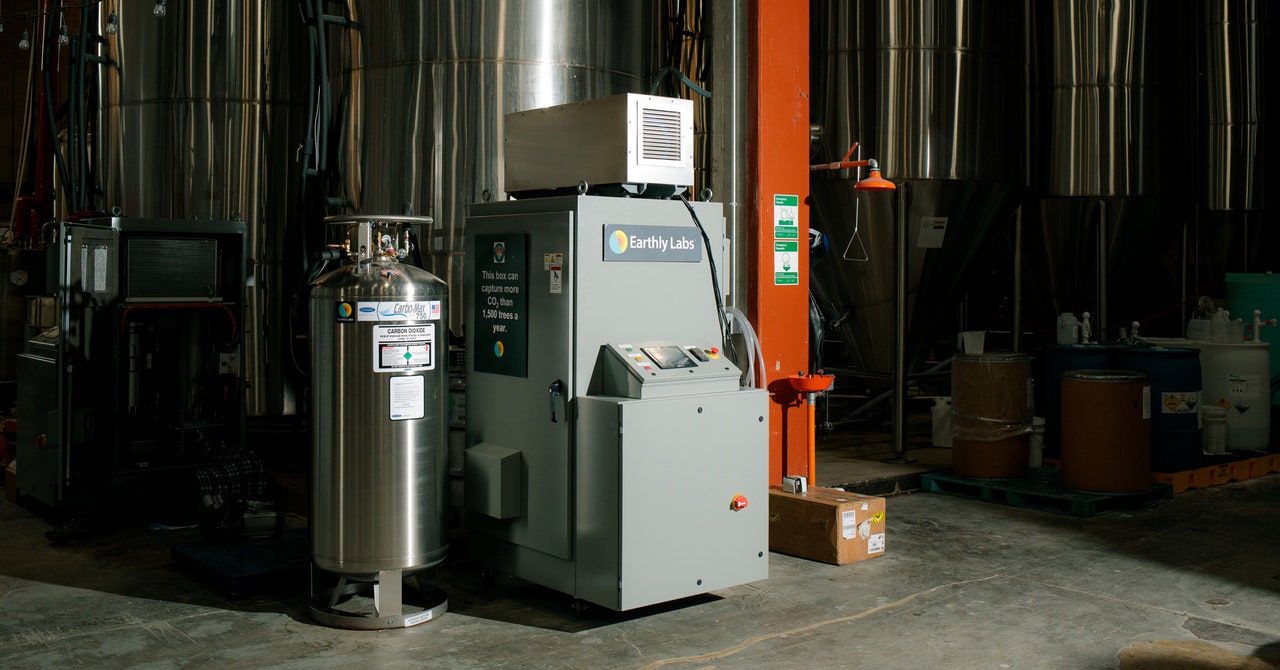
That said, he adds that it’s not a permanent solution. A future grid that runs entirely on renewables needs to be more flexible, since operators won’t be able to burn fossil fuels to fill temporary gaps between energy demand and generation. (At night during a heat wave, for instance, people could be running lots of air conditioners, but there would be no sun to power them.) That means the infrastructure must be rebuilt to make it capable of shuttling renewable power over long distances. “In the long run, though, there’s just no alternative: We have to upgrade the transmission,” he says.
EVs may also prove to be valuable assets for smoothing out power supply and demand by forming a distributed network of car batteries that—along with home solar panels—grid operators could tap into when needed. “If we could leverage the batteries from electrical vehicles or batteries in homes, for instance, or if we could operate the rooftop [photovoltaics] of a set of customers and have them coordinate to provide a certain service to support our transmission network, that would absolutely help in trying to cope with intermittency,” says Patricia Hidalgo-Gonzalez, who is director of the Renewable Energy and Advanced Mathematics Laboratory at UC San Diego and wasn’t involved in the new paper. “That could alleviate the stress in the grid very dramatically as we have more and more renewables.”
The studies agreed on two more points: the economic and health benefits of decarbonization. Every step of the fossil fuel lifecycle, from extraction to processing to burning, is terrible for the human body. “There are massive non-economic benefits,” Abhyankar says of transitioning to clean energy. “What we found is this transition might also avoid over 200,000 premature deaths, and over $800 billion to a trillion dollars of other health [costs].” As more cars go electric, for example, air quality will improve, reducing the number of people affected by respiratory diseases.
The final point of agreement among the studies Abhyankar and his colleagues reviewed is that it’s not the expense that will hold back the deployment of renewables, batteries, and EVs. “The key point is: Cost is not going to be very high,” says Abhyankar. “In fact, some studies found it might result in significant consumer savings.” For instance, although putting solar panels on a home can be a costly upgrade—especially without a significant tax rebate—in the long run it will save the homeowner money.
Instead, the stumbling block is the policies needed to deploy them at a wider scale. Even though Democrats currently control Congress and the White House, they’ve struggled to pass substantial climate legislation. The Build Back Better program would have juiced the manufacturing of renewable tech in the US, among other climate benefits, but West Virginia Senator Joe Manchin torpedoed it. “It comes as absolutely no surprise that we’re nowhere near on track of meeting our target of reducing greenhouse gas emissions by roughly half by 2030,” says environmental economist Mark Paul of the New College of Florida. “I think that everybody across the climate and policy community is well aware that we’re going to absolutely blow past those targets, unless we have sizable action in Washington.”
And everywhere, for that matter. For instance, states could mandate that more of their energy generation come from renewables, while the feds could give bigger tax rebates for people to buy EVs and cities could invest in charging stations for them, especially in lower-income neighborhoods.
Another bottleneck, Paul says, is the lack of skilled labor to deploy and maintain solar and wind systems, and energy-saving home technologies like heat pumps. Public investments in trade schools could help boost this workforce. “This actually presents a pretty profound economic opportunity to revitalize the American working class that’s been struggling,” says Paul. “We just need policy to steer the ship in the right direction and ensure that this transition happens as quickly as possible.”


